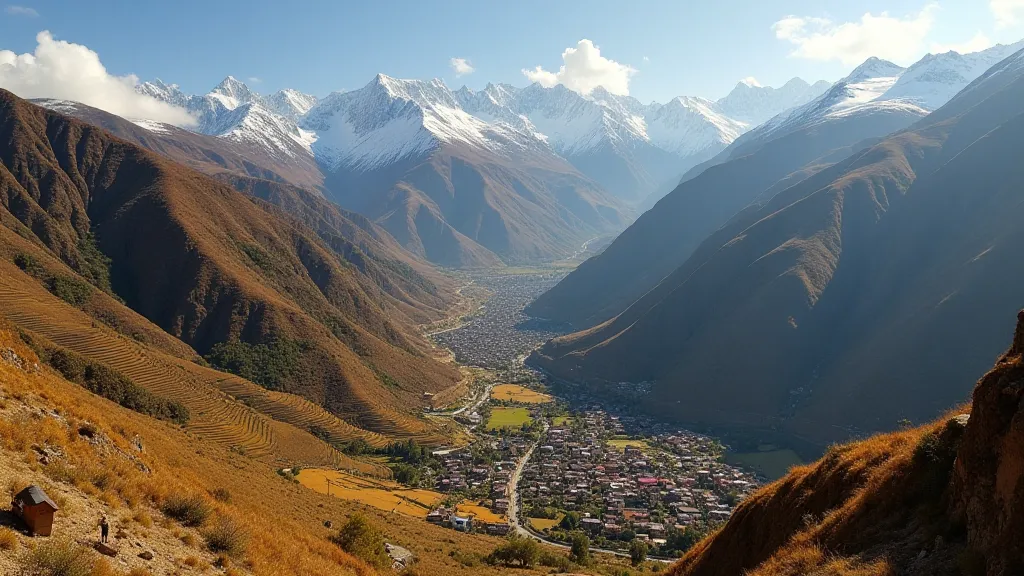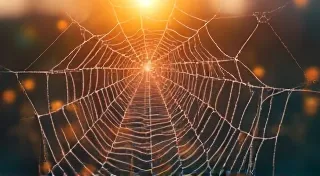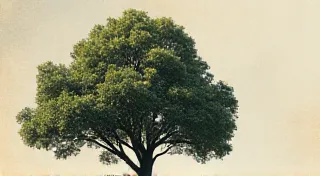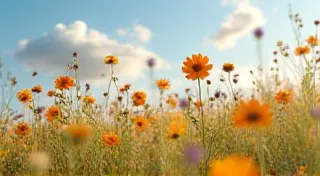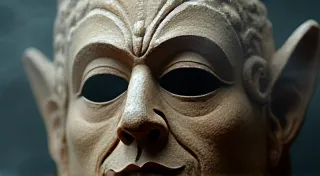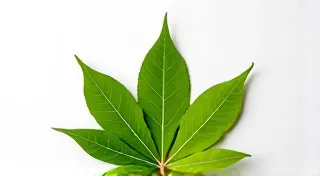The Loom as Storyteller: Narrative Threads in Andean Textiles
The rhythmic clack of the loom. It’s a sound that resonates through millennia, a soundtrack to human creativity and connection. But in the Andean highlands of South America, that sound isn't just the production of fabric; it's the voice of history, the whisper of ancestors, the visual embodiment of communal memory. Andean textiles aren't merely beautiful; they are woven chronicles, intricate tapestries that tell stories far more complex than any written word ever could.
My fascination with these incredible textiles began years ago, rummaging through a dusty antique shop in Cusco. I wasn't looking for textiles specifically, but a small, faded fragment caught my eye – a piece of *pallay*, a traditional Andean cloth. The colors were muted, the design abstract, yet I felt an immediate and profound connection. It felt ancient, imbued with a silent wisdom. The shop owner, a wizened man with eyes that seemed to hold centuries of stories, simply smiled and said, "It speaks, if you know how to listen." That was my introduction to the power of Andean textiles.
A History Woven in Color and Pattern
For centuries, before the arrival of the Spanish, Andean societies, like the Inca, relied heavily on weaving. Cotton and alpaca wool were, and still are, prized resources. Weaving wasn't just a craft; it was a vital skill, often the domain of women, who held positions of significant social and economic importance. Unlike many other cultures where written records were the primary means of preserving history, the Andean people encoded their stories, lineages, and significant events into their textiles. These weren't simply decorative elements; they were essential records, accessible to all members of the community.
The Spanish conquest brought significant changes, but surprisingly, the tradition of weaving persevered, albeit adapted. While Spanish rule initially tried to suppress indigenous practices, the resilience of Andean culture ensured that weaving continued, often incorporating new symbols and techniques while preserving the core storytelling tradition. The vibrant colors we associate with modern Andean textiles are, in part, a result of the introduction of new dyes by the Spanish, but the underlying narratives remain deeply rooted in pre-Columbian heritage.
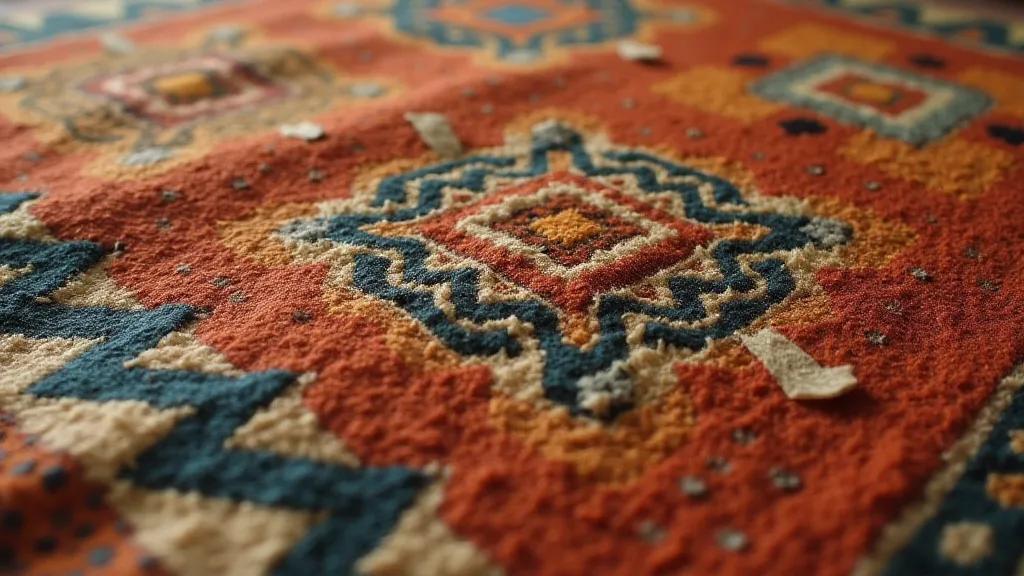
Decoding the Visual Language
So, how do you "read" these woven chronicles? It's not a straightforward process. Andean textiles employ a complex visual language that combines geometric motifs, symbolic figures, and color symbolism. While some symbols are universally understood within a particular community, others are more localized and require specialized knowledge to interpret.
For example, the stepped diamond, prevalent in many Andean textiles, often represents mountains, a vital feature of the Andean landscape and a source of sustenance and spiritual significance. The serpent, a recurring motif, can symbolize fertility, protection, or the cyclical nature of life and death. The color red often represents power and strength, while yellow symbolizes gold and the sun. The placement and combination of these symbols are critical; their arrangement within the textile tells a story, much like the order of words in a sentence.
Understanding the context is also essential. A textile might depict a lineage – each figure represented by a specific symbol, tracing the ancestry of a family or clan. Others record historical events, perhaps a significant battle, a harvest festival, or the arrival of a new leader. Still others serve as *awaywas*, ritual cloths used in ceremonies, each symbol imbued with specific spiritual meaning.
Preserving the Legacy: Restoration and Collecting
The passage of time and the harsh Andean climate have taken their toll on many of these precious textiles. While some remain remarkably well-preserved, others are fragile and require careful conservation. The restoration of antique Andean textiles is a delicate process, requiring specialized knowledge of traditional weaving techniques and natural dyes. Modern conservation methods often prioritize minimal intervention, focusing on stabilization and preventing further deterioration rather than attempting a complete reconstruction.
For those interested in collecting Andean textiles, authenticity and provenance are paramount. Genuine antique textiles will often exhibit characteristics of traditional weaving techniques, such as the use of natural dyes, handspun yarn, and a distinctive tension in the weave. Researching the textile's origin and understanding the symbolism encoded within it can enhance the appreciation and value of the piece. Be wary of reproductions, which are increasingly common, and seek advice from reputable dealers or experts.
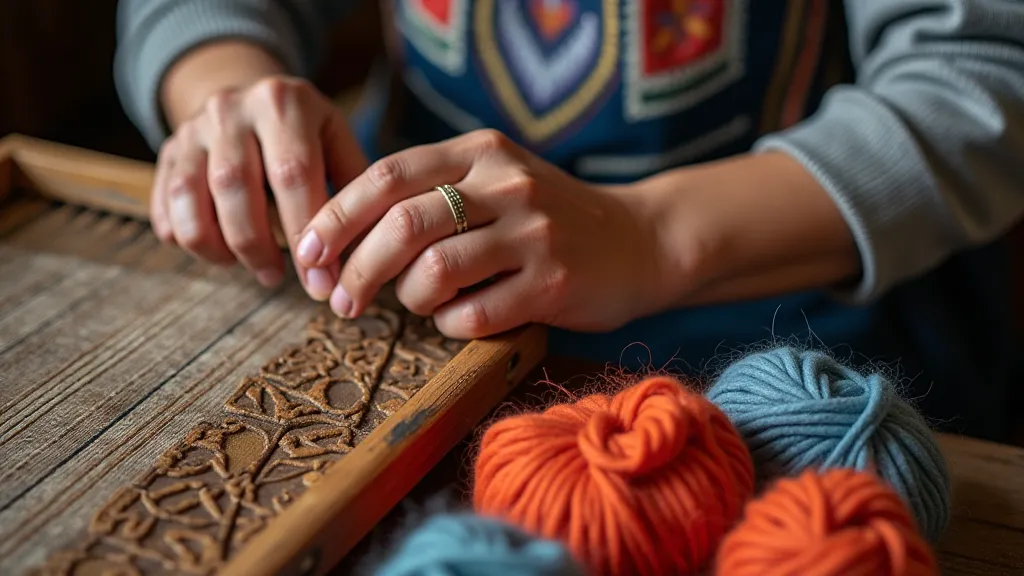
The Enduring Power of Storytelling
The loom, in the hands of the Andean weaver, transcends its function as a simple tool for producing cloth. It becomes a vessel for preserving cultural memory, a conduit for transmitting knowledge across generations, and a powerful testament to the enduring strength of Andean identity. Each textile is more than just a beautiful object; it’s a living document, a whispered narrative that speaks to the resilience, creativity, and profound connection to the land that defines the Andean people.
The next time you encounter an Andean textile, take a moment to look beyond the colors and patterns. Listen to the silent stories woven into the fabric. Imagine the hands that created it, the community that treasured it, and the generations who have passed down its secrets. You might just find yourself transported to a world of ancient wisdom, vibrant storytelling, and the profound beauty of human creativity. The loom still speaks, if you know how to listen.
